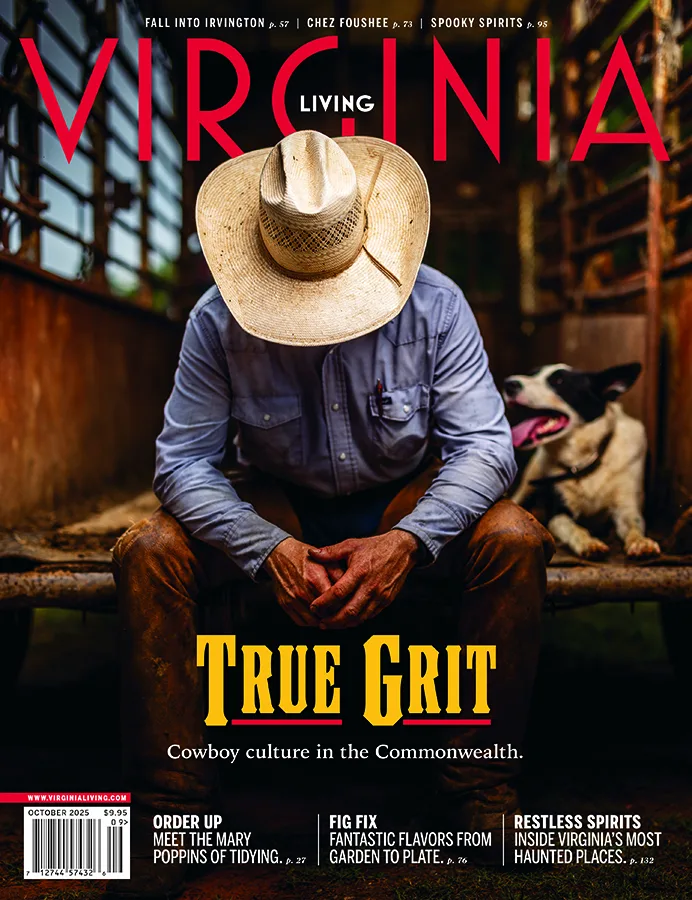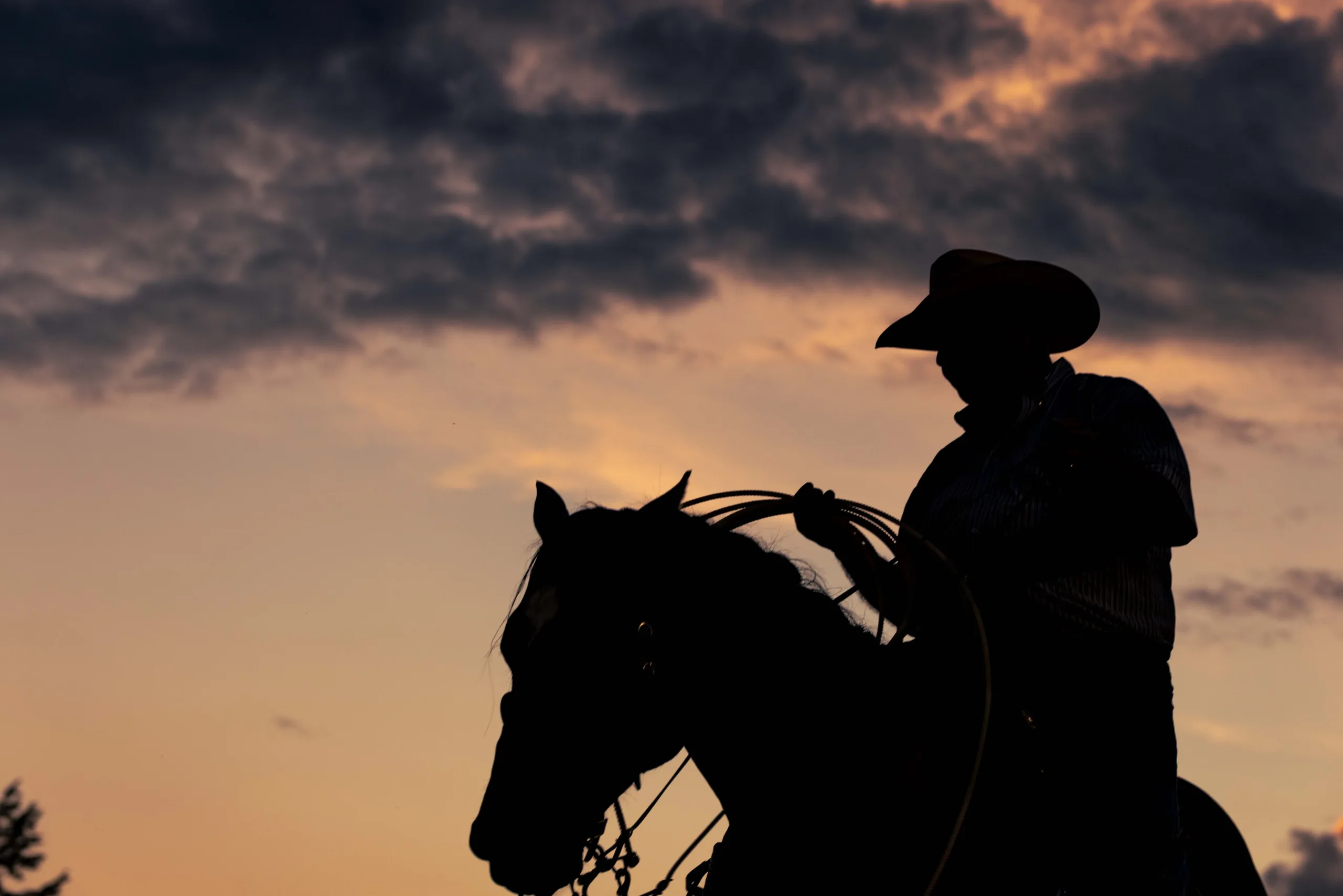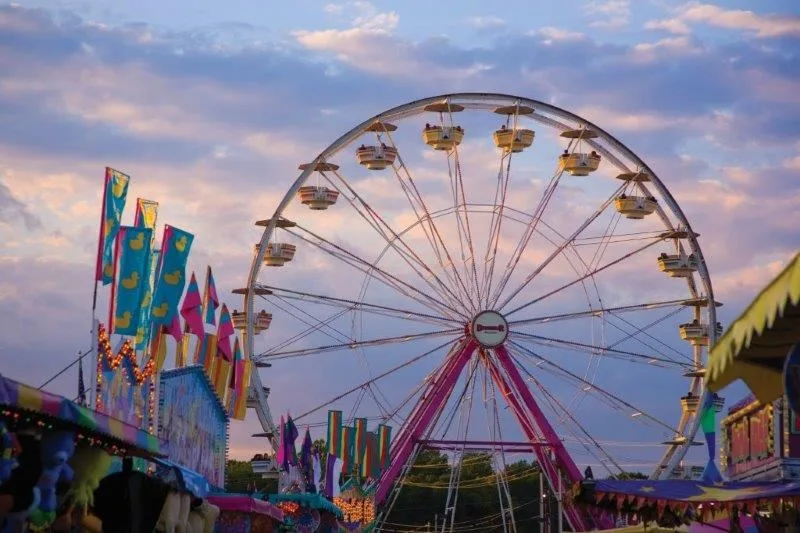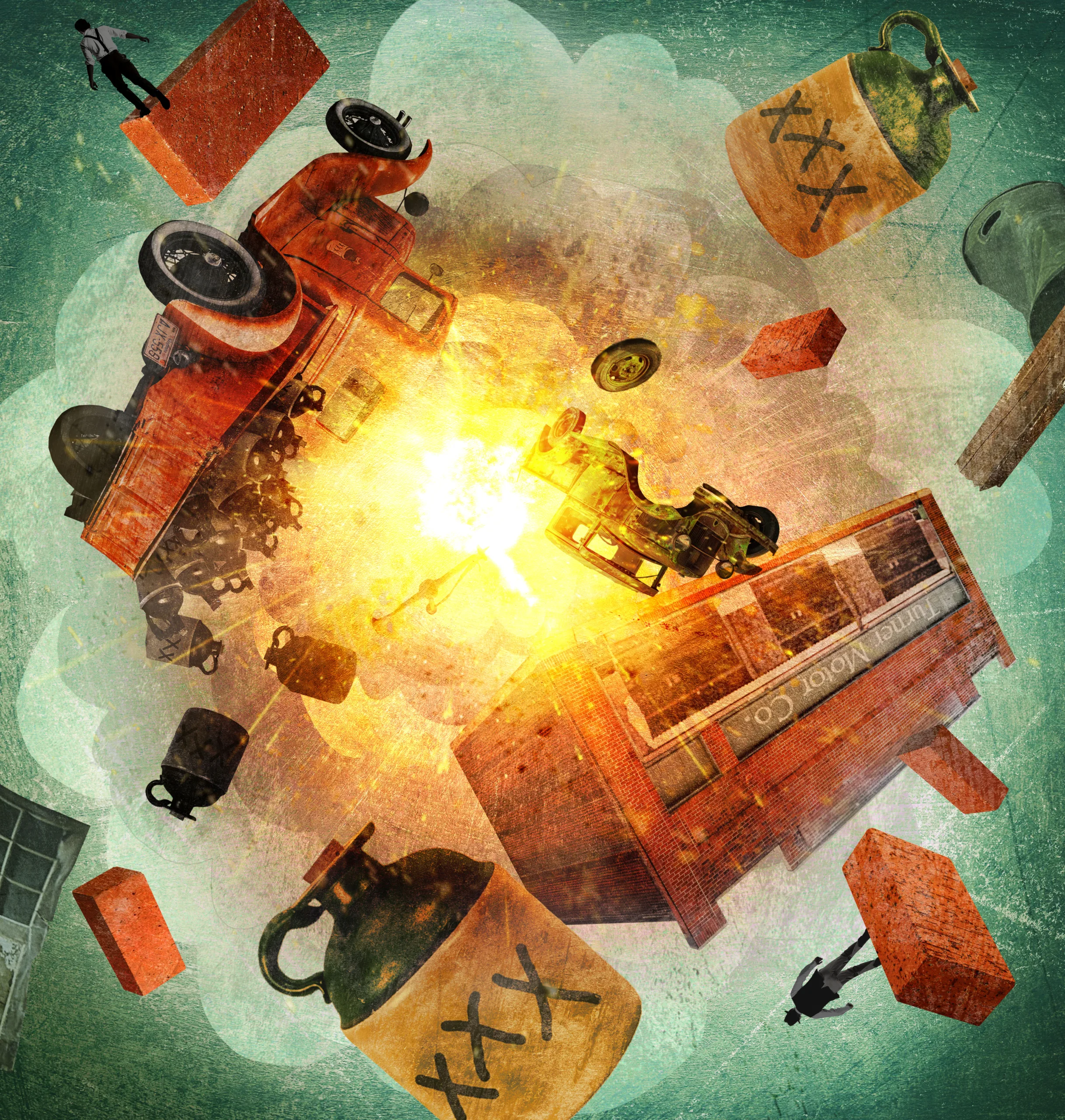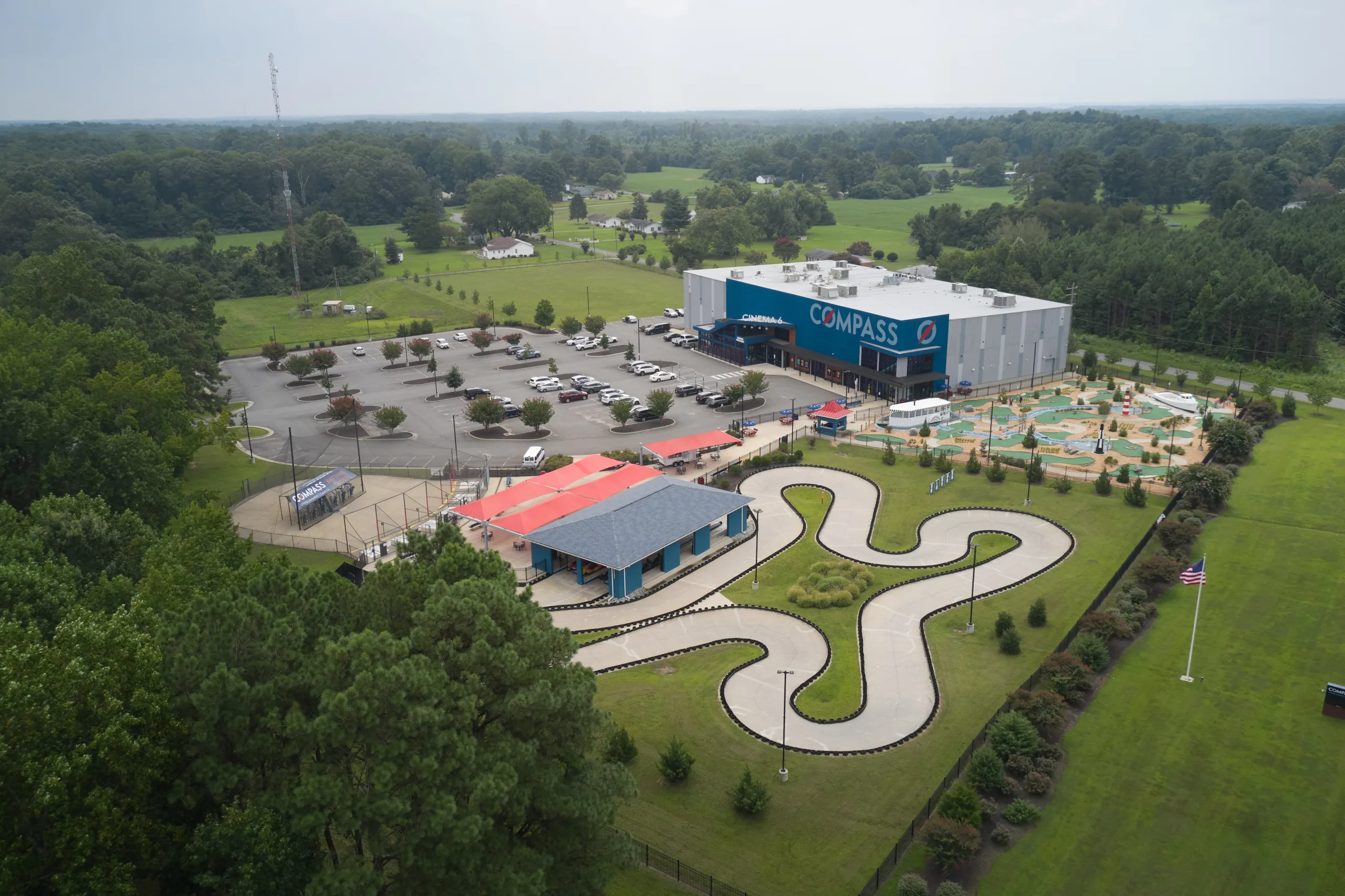“Yes, ma’am, we’ll get him,” said Scott Talley when he arrived one fall Sunday to the 60-acre woods adjacent to our Rockbridge County cattle farm. After a tree downed a section of fence, several calves got loose along with a giant, gentle bull I had grown attached to—my woolly friend, I called him. His huge, reddish-brown face had two tear stains running down from the corners of his eyes. And he’d let me pet his head.
Within a day or two, the calves scampered back inside the fence to rejoin their mothers. But not my woolly friend. The other two bulls in the pasture had bullied him, as bulls do, so he sought refuge in the cool woods by himself, eating foliage and drinking from puddles from recent rains.
“What’s the status on you securing your bull?” the neighbor texted each time he spotted the runaway in his yard. The bull had been loose for a week, trampling bushes and munching flowers while sidestepping every attempt to bring him back. We told the neighbor we’d rallied friends and neighbors, trying to coax or corral him, both on foot and with the four-wheeler. After a week of frustration, my husband—a retired U.S. Forest Service Incident Commander—drew up maps of the woods, farm, and gates, and handed them out like it was a search-and-rescue op. We lined up, hoping to drive the bull toward a fence opening, but he just looked at us—1,600 pounds of calm, quiet refusal—and walked away.
“The status is that the bull is loose in the woods, and I can’t get him out,” my husband joked to me in answer to the neighbor. To assuage the neighbor while we worked on the problem, we took over garden vegetables and assured him we were doing all we knew to do.
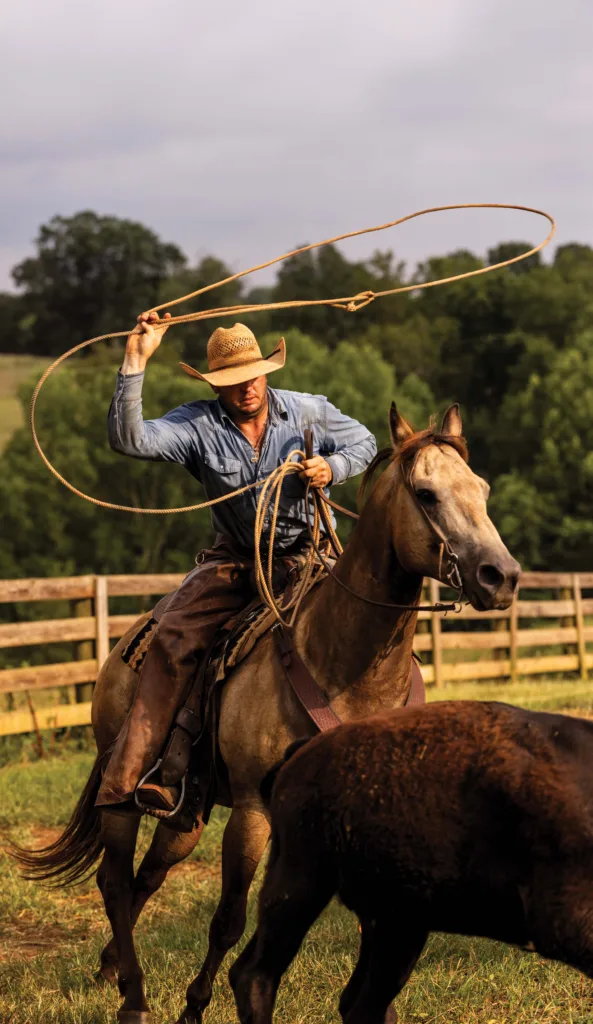
The Cavalry Arrives
Two weeks in, I called a retired veterinarian friend.
“Try these guys,” Mike said, giving us a few names and phone numbers. One of them was Scott Talley.
“Don’t do anything else,” Talley said when we called. “Stop chasing him on foot or with the four-wheeler. We’ll take care of it.”
Talley—a cattle grader with the Virginia Department of Agriculture—and his partner Chance Kelly arrived one Sunday with a pickup and a rickety trailer carrying two horses and three Catahoulas, dogs bred for this kind of work. They pulled on chaps, adjusted their hats, looped their lassos, and rode into the woods like they stepped out of a John Wayne movie. This was their specialty—helping farmers and ranchers all over Virginia recover rogue cattle and respond to high-stakes situations. We tend to picture cowboys out west in Montana or Wyoming, but they’re here too, quietly doing essential work on Virginia’s 23,000 beef cattle farms, catching cattle like our runaway bull, doing routine farm jobs, and handling livestock emergencies.
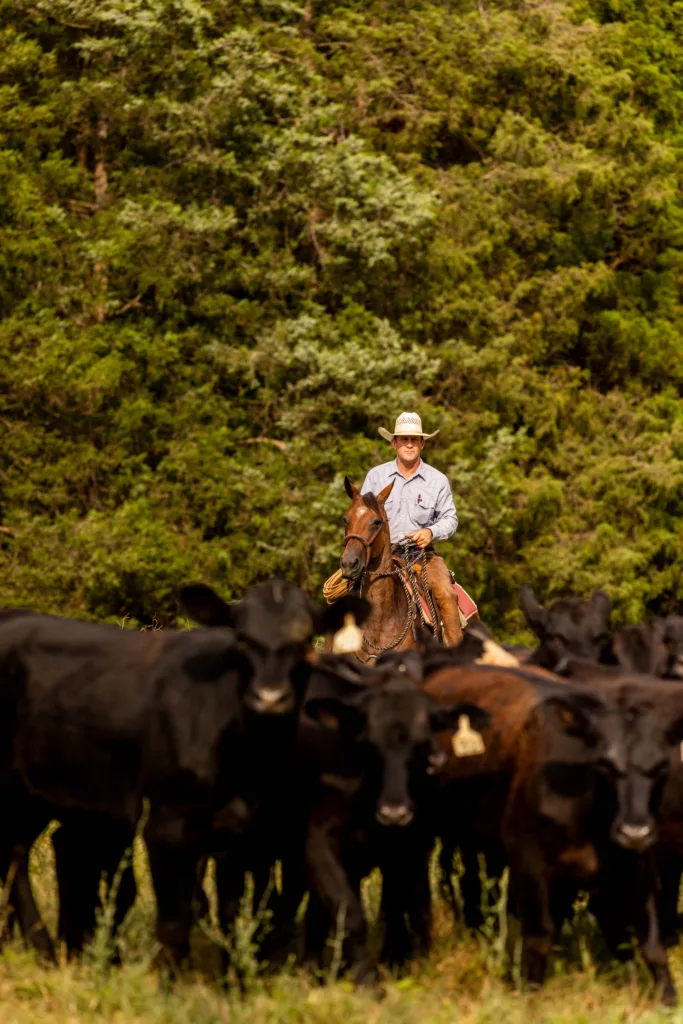
Chaos at the Truck Stop
One such emergency unfolded off Interstate 81 in Raphine at the largest truck stop on the East Coast, White’s Travel Center, in September 2024. While a driver was having lunch, someone opened his tractor-trailer door, releasing 13,900-pound steers. The trailer held 60 steers, and the rest would have followed if not for a quick-thinking bystander, a truck driver, who’d managed to close the door after the first wave scattered into the maze of parked rigs behind the food and fuel stores.
“The cattle were so rattled, running in multiple directions,” says Virginia State Police First Sergeant John Kelly Keiser, who responded to the call. “It was quite the ordeal. The more people tried to help, the worse it got. It was chaos for four to five hours with police, firefighters, rescue crews, farmers, motorists, truckers, and bystanders all trying to help.” Six steers made it onto I-81, running wild until one collapsed and died of exhaustion. While cattle had gotten loose on area roads before, this, Keiser says, was by far one of the worst incidents. Usually, local farmers step in to corral renegade cattle, but this time, the situation called for experts. Responding firefighters called in the pros: Scott Talley, the same cowboy we had called for our runaway bull, and another seasoned hand.
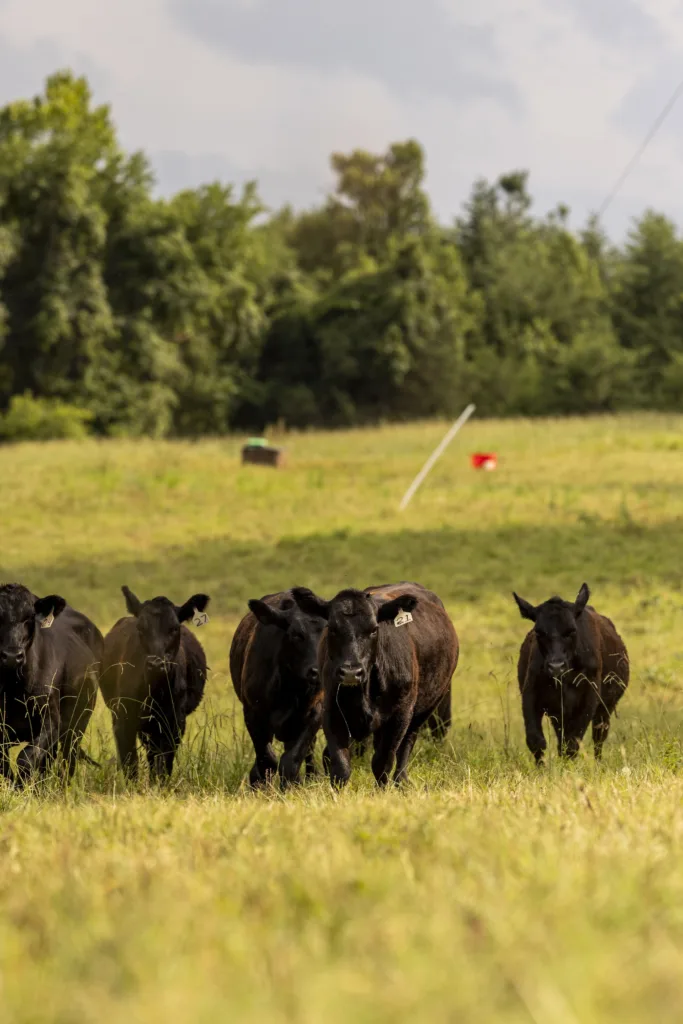
Talley’s cattle lollygaggin’ on the farm
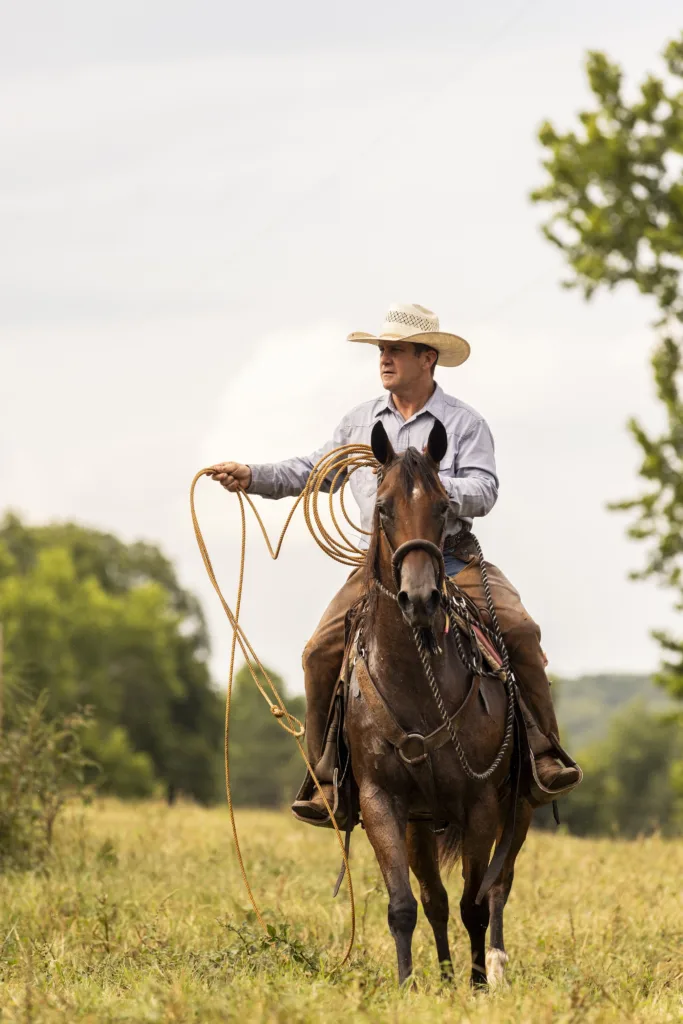
Talley readies his lasso on his farm in Nelson County.
When 911 Calls Cowboys
The cowboys arrived with their horses and gear and rounded up the steers in a couple of hours.
“When they showed up, you knew you had good help from people who knew what they were doing,” Keiser says, adding that first responders have the cowboys’ phone numbers on hand in case of emergencies like this one. “It could’ve been much worse, and people could’ve gotten hurt or killed. Thankfully, they were not.”
Beyond the dramatic emergencies and catching rogue bulls like ours, routine farm jobs keep Virginia’s cowboys busy. Rockbridge County Farm Bureau President Mack Smith once called Talley and Kelly to get two cows and two calves into a pen to prepare for sale. Smith’s family has been cattle farmers in the county for generations, and this was the first time he used real cowboys. He’d never seen anything like their professionalism and expertise.
The cowboys don’t advertise; word-of-mouth spreads after farmers have tried everything else. With snow on the ground, Smith had spent nearly a month trying to lure his cattle with feed and alfalfa, to no avail.
“We couldn’t get them in any other way,” Smith says, noting the cowboys’ remarkable roping skills. “Chance made it look so simple.”
East vs. West
In Western states, cattlemen and women work predominantly on horseback as they round up extremely large herds over huge land masses. East Coast farmers, like those in Virginia, mostly use All Terrain Vehicles or utility vehicles called side-by-sides or Mules (think high-powered golf carts) to work with cattle or get around their farms. However, cowboys on horseback are still the most effective at keeping cattle calm and covering more challenging terrains.
Virginia cowboys train for years with experts, mentors, and each other to be able to do what they do and make their jobs look easy. To clarify, the jobs are not easy. They require horsemanship, cattle handling, and roping, as well as soft skills like teamwork, quick decision-making, and adaptability. They sharpen their skills with roping and riding clinics and with rodeo competitions.
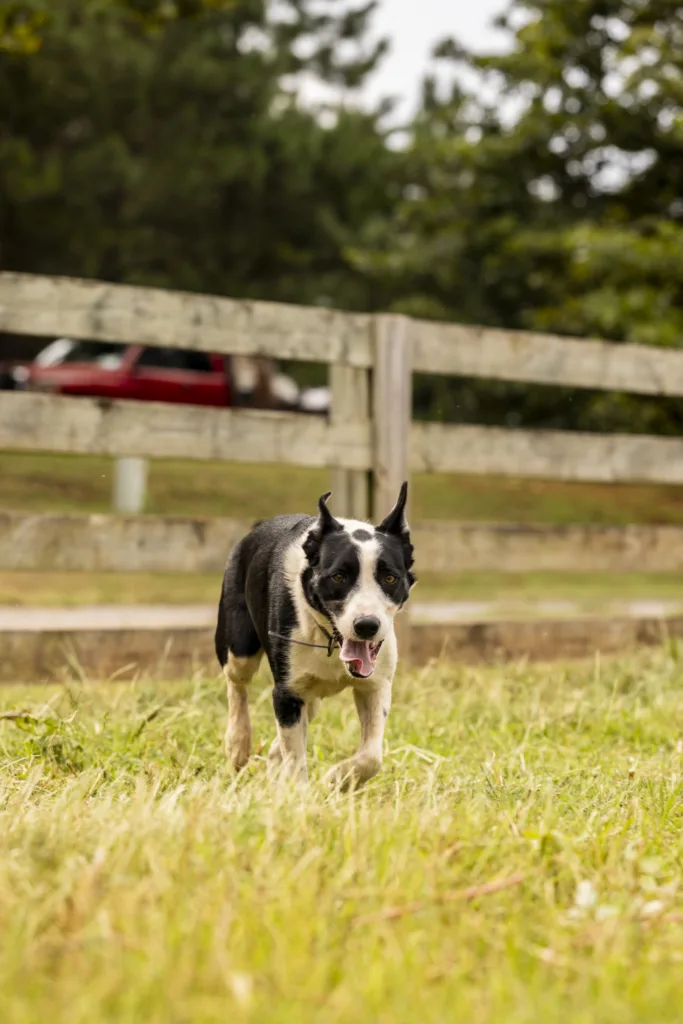
Grit, Talley’s Australian Cattle Dog (aka Blue Heeler), on patrol
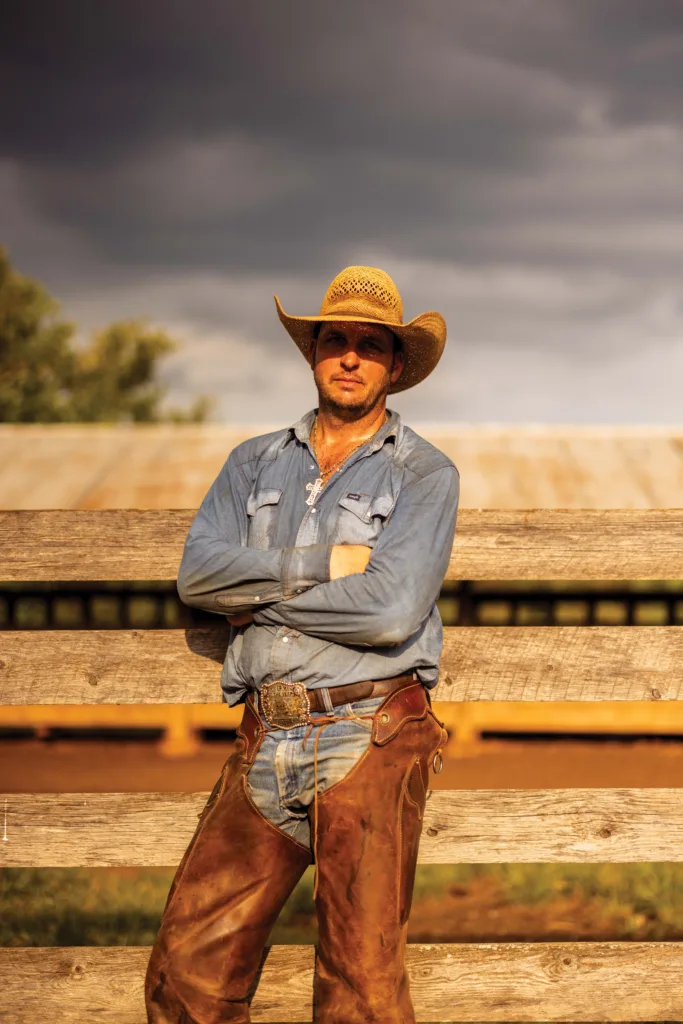
Wilson after a long day of ropin’ and wranglin’ with Talley on his farm
Fun & Games
“We do ranch rodeos for fun,” says Rockbridge County cowboy Justin Showalter. He’s part of a four-person rodeo team, including Talley, Mike Wilson from Bedford County, and Ben Stein from Pittsylvania County. Bronco riding, branding, calf roping, stray gathering, and trailer loading are among the rodeo events, held all over the state. “Helping cattle farmers and wild cow catching is fun for us,” says Showalter, who is also a farmer and a farrier.
I caught up with Showalter while he field-dressed a deer he had shot. Cowboys, I quickly learned, are not big on self-promotion. They are constantly on the move working cattle, riding horses, tending livestock. They are doers not talkers—unless you catch them while they are working.
“We may get three calls in a week and then sit for six months without a call,” Showalter says. He always wanted to be a cowboy, he says, adding, “There are pictures of me at 4 years old, roping. I got to be on a tractor sometimes but love being on a horse mostly. We’re trying to keep the cowboy legacy going.”
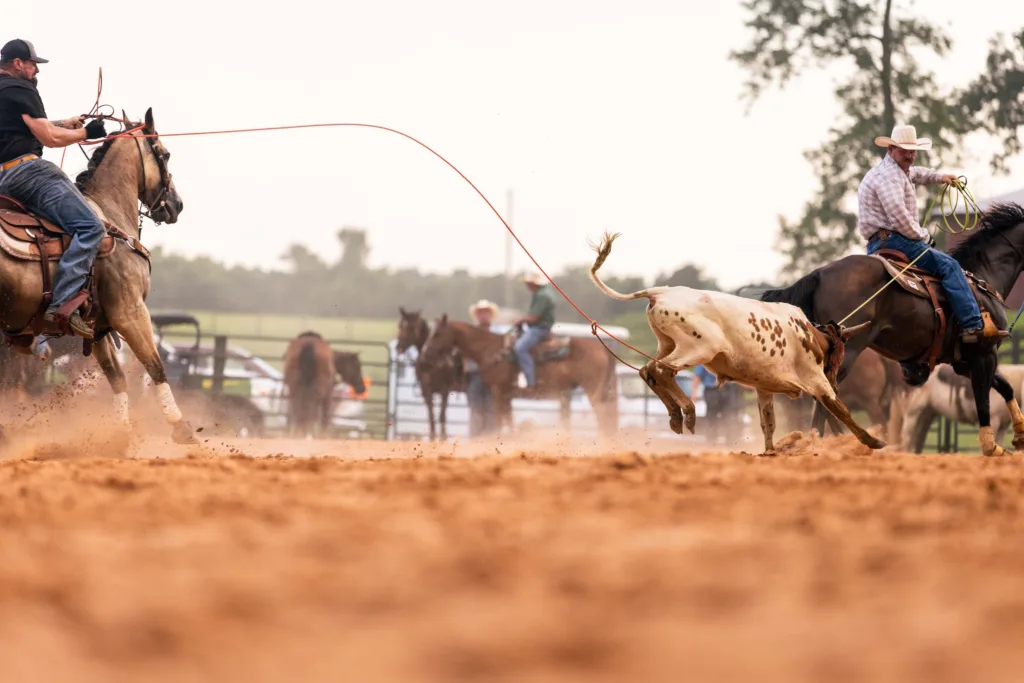
Building Cowboys
On a spring Friday at Cherry Hill Farm in Buckingham County, cattle and hog farmer Frankie Large drove a tractor and moved livestock panels to set up for an upcoming youth rodeo—all while talking to me. In addition to youth rodeos, he and his wife Sarah organize two team roping events each month at their farm, sanctioned by the Virginia Cowboy Association (VCA). That evening, they were prepping for children’s events. Their two young sons participate in rodeos, too.
“Preserving cowboy culture is sacred to us,” Large says. “I want to pass on this legacy.” Rodeo openings always inspire Large, beginning with a display of the American flag and a prayer. “The fire that gets lit under young people as they learn to tend and work with their horses is like nothing else,” he says. In his eyes, rodeo and cowboy culture teach young people respect for animals and the land, as well as respect for themselves and others.
Large manages a herd of about 300 cattle and finishes market hogs for Smithfield Foods. He studied Animal Agriculture at Virginia Tech and met his wife, Sarah, while buying hay. Sarah comes from a rodeo family. With a father who is a steadfast John Wayne fan, Large grew up with horses, raised colts, and trained them for work and for sale. Rather than catching cattle for others, he’s mostly had to track down his own.
Large organizes events all over the state for the Virginia High School Rodeo Association. Events include mutton busting, calf riding, individual and team roping, barrel racing, goat tying, and speed events like pole bending.
The Brotherhood
Founded in the 1960s, the VCA now counts more than 300 members statewide and is considered one of the best-run cowboy associations in the country, with school events, awards banquets, and rodeos across the state, according to VCA President Scott Lipscomb of Marl Spring Farm in New Kent County.
“We rope with some of the families that started the association,” Large says. Association founding names could’ve come straight from a classic Western: Fuzzy Cannonball from Buckingham County and Charlie Barefoot, Sr. from Dinwiddie County. “I rope with Charlie Barefoot Jr., and the Third, and their children,” Large says.
When I told family, friends, and even fellow farmers that we hired professional freelance cowboys to retrieve a runaway bull who’d eluded us for more than two weeks, the response was, invariably, “There are cowboys in Virginia?”
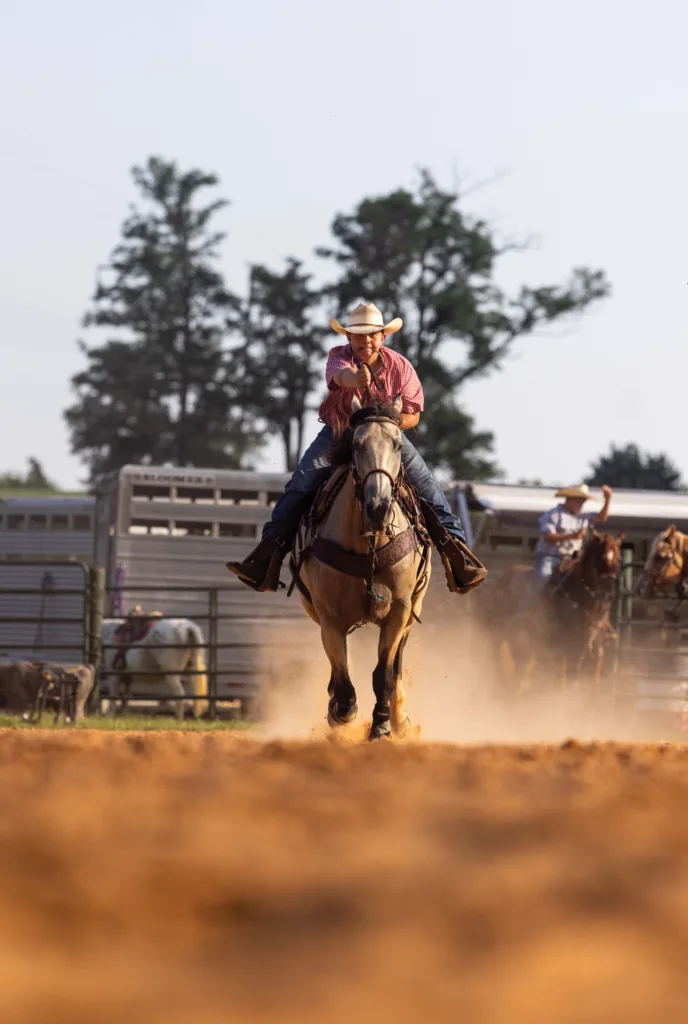
Frankie Ray Large III is timed during
a goat tying event at Cherry Hill Farm in Dillwyn.
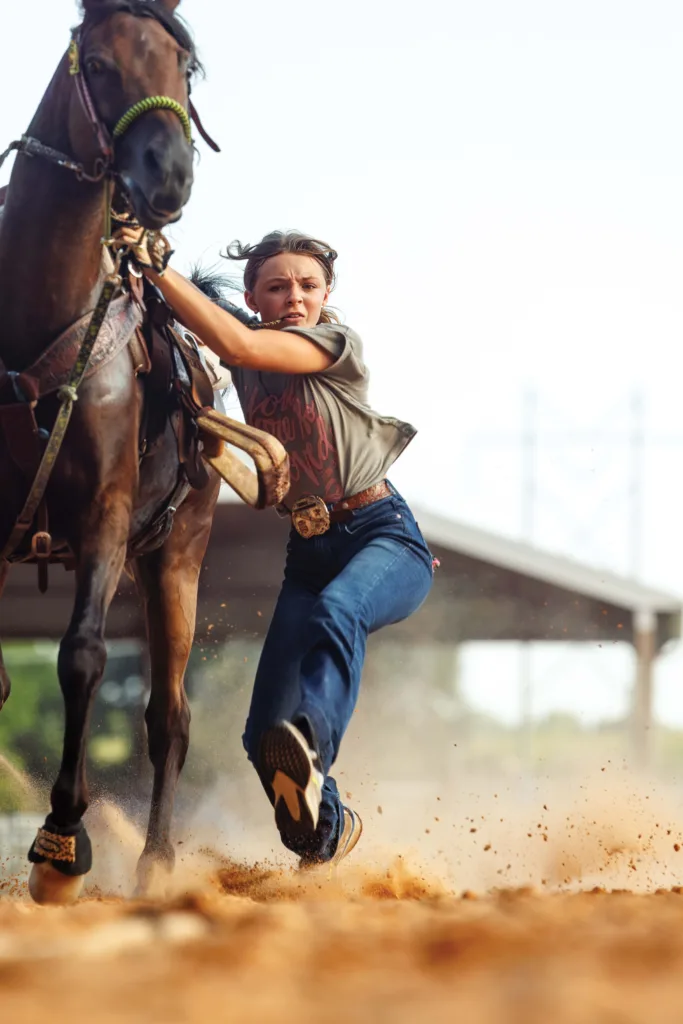
Ellie Warren dismounts at full speed in the goat tying competition.
Game Over
Cowboys Kelly and Talley sent in their dogs to locate our bull, surround and hold him. In under an hour, they were on horseback with lassos flying, one rider roping the bull’s neck, and the other roping his hind leg. Then they led our wayward bull out of the woods, keeping the rope tension to control him. They erected livestock panels to box him in, then used a halter-like rope to lead him onto the trailer. In about 90 minutes, they accomplished what we had been trying to do for more than two weeks.
“It feels good to do what others try to do and can’t,” Talley said later. “And, of course, the adrenaline rush never goes away.”
With the bull secured, they loaded their horses and dogs, stowed the livestock panels, hung up their lassos, and removed their chaps. Then with a few hat tips and handshakes, they were on their way.
Yes, Virginia, there are real cowboys in the Commonwealth.
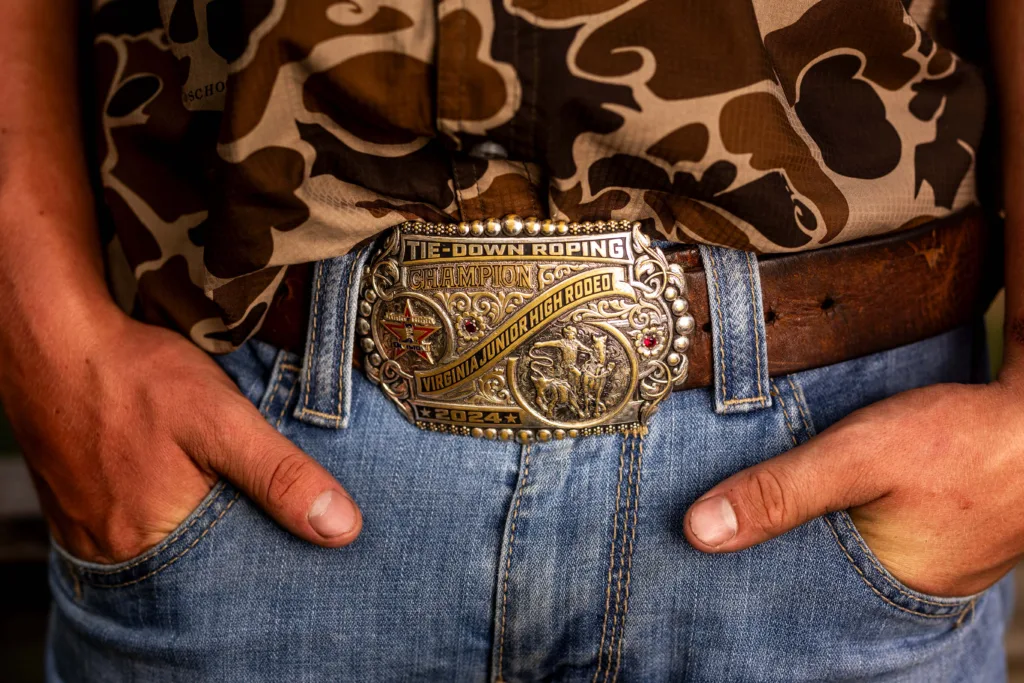
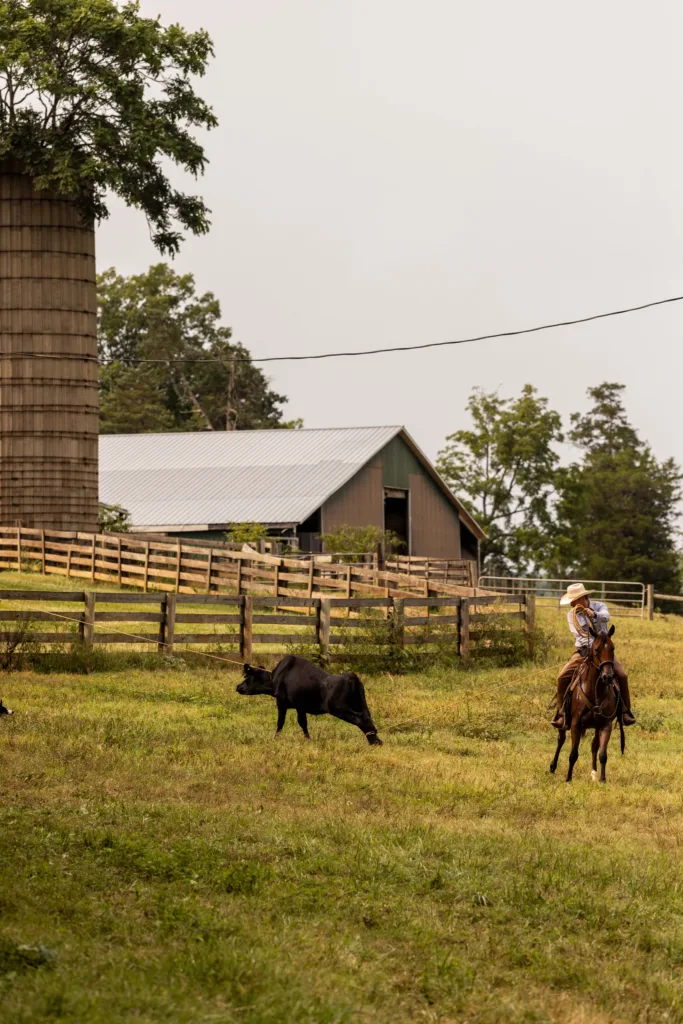
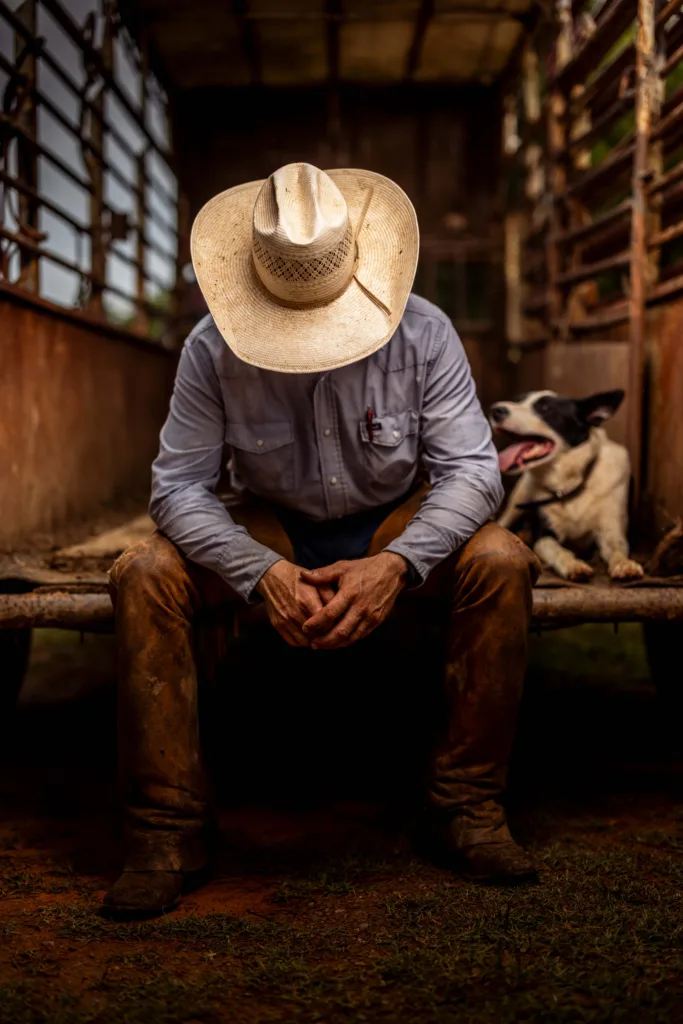
This article originally appeared in the October 2025 issue.
